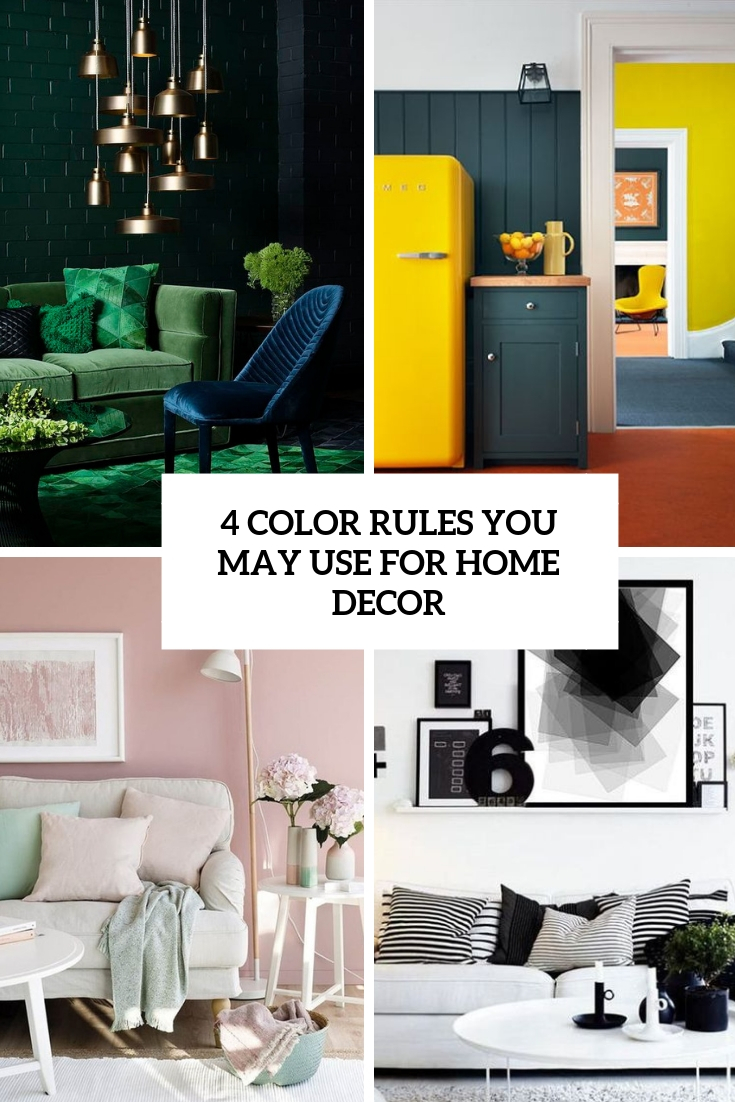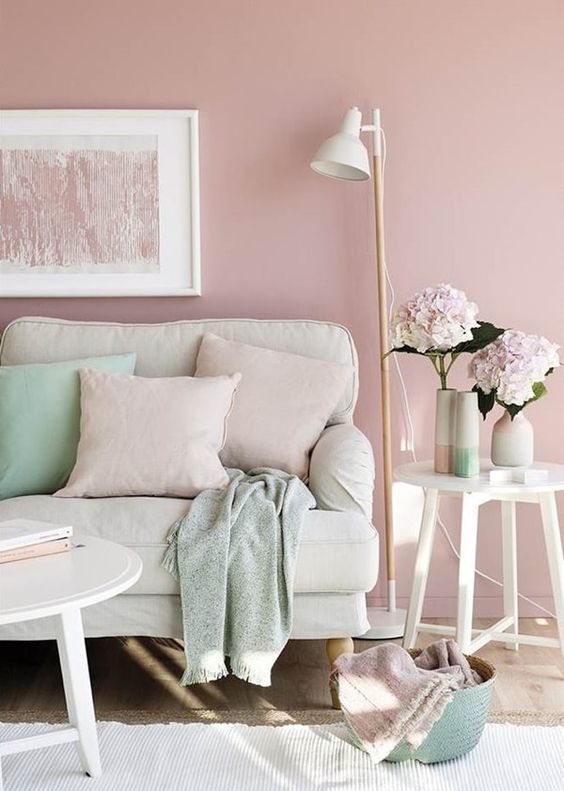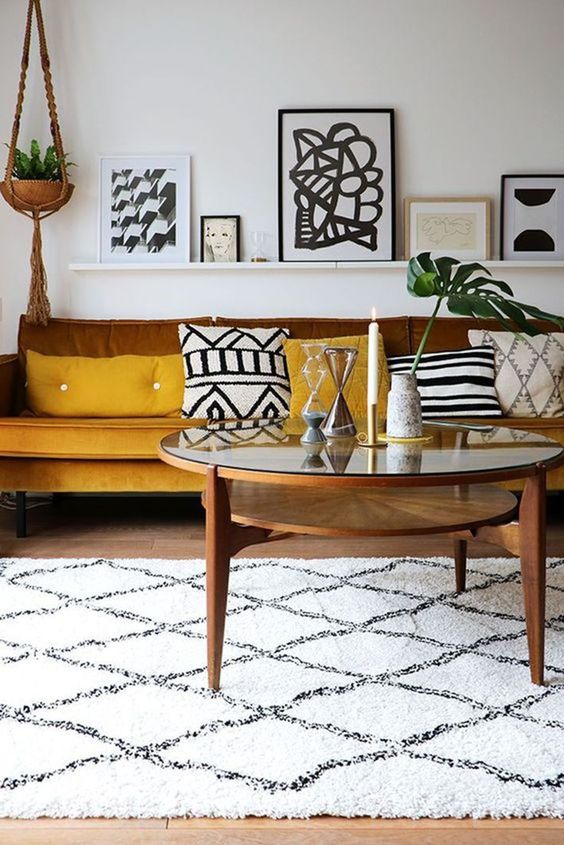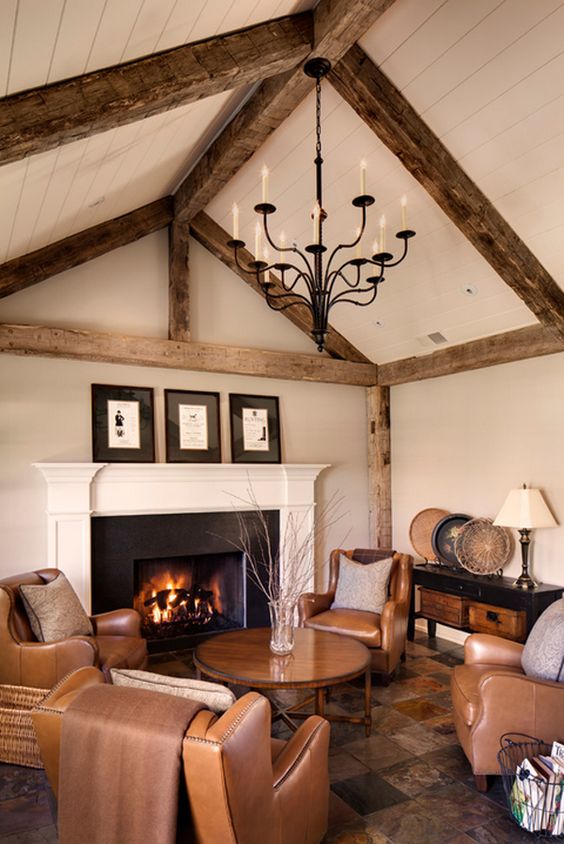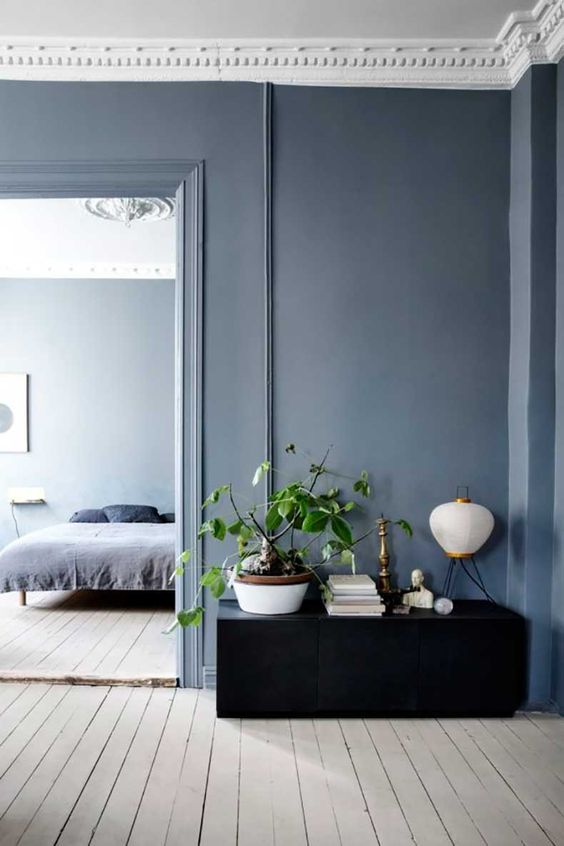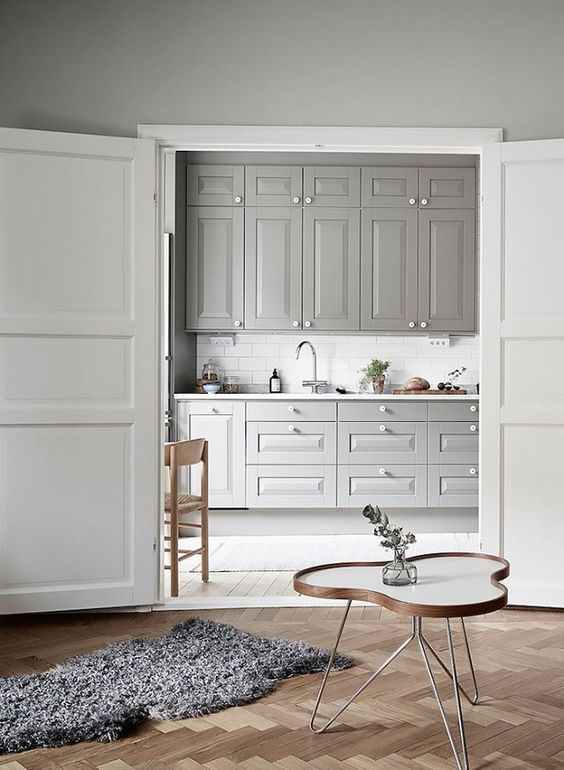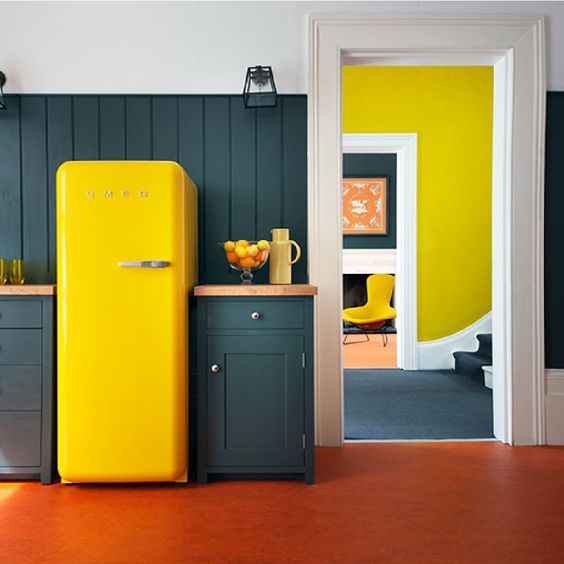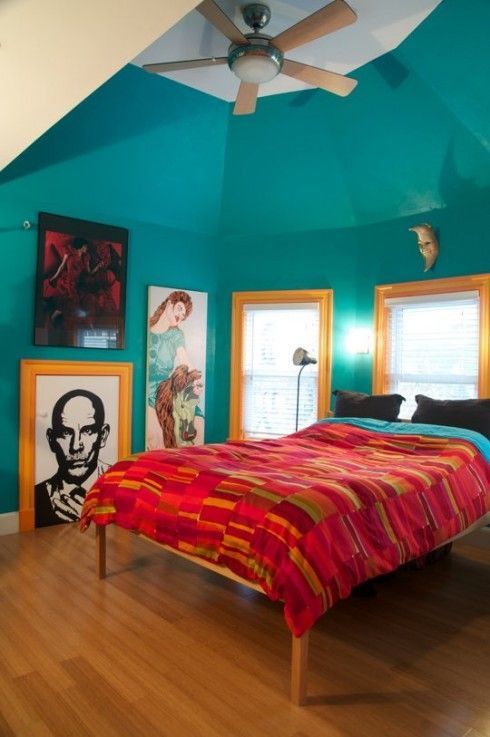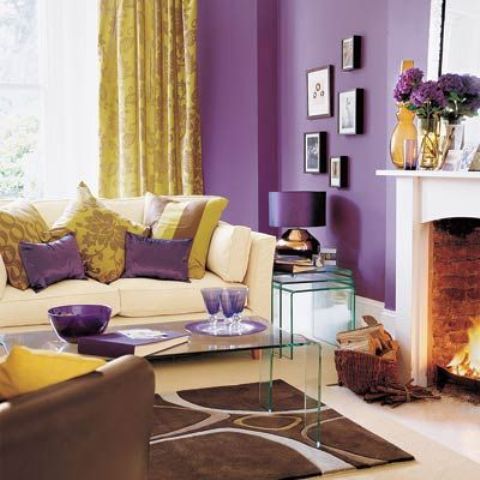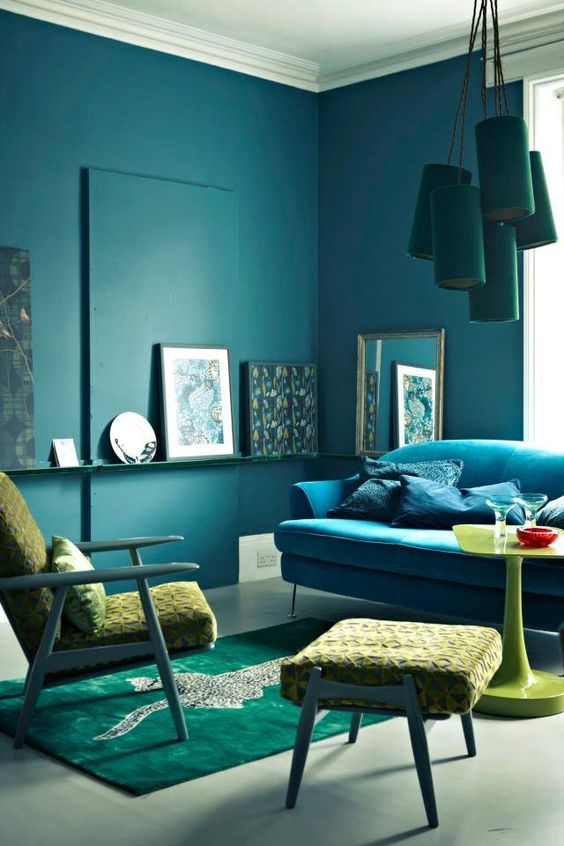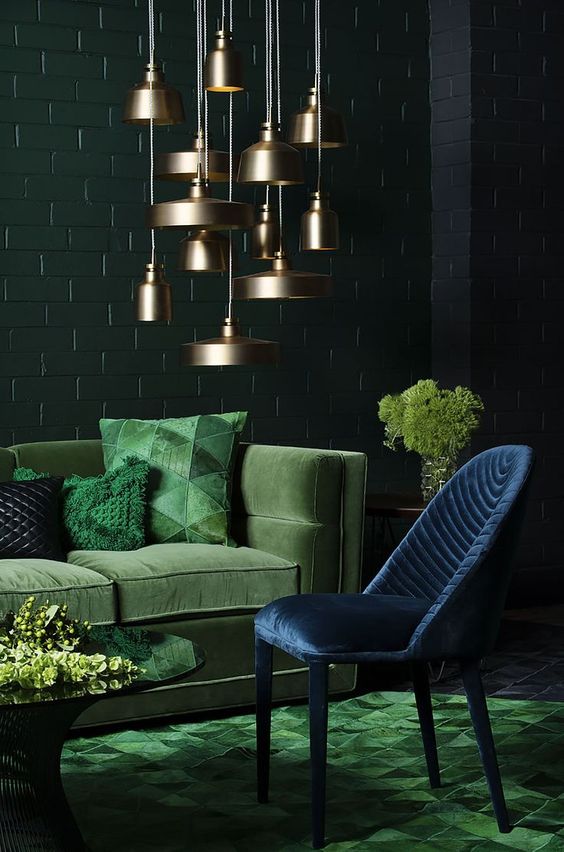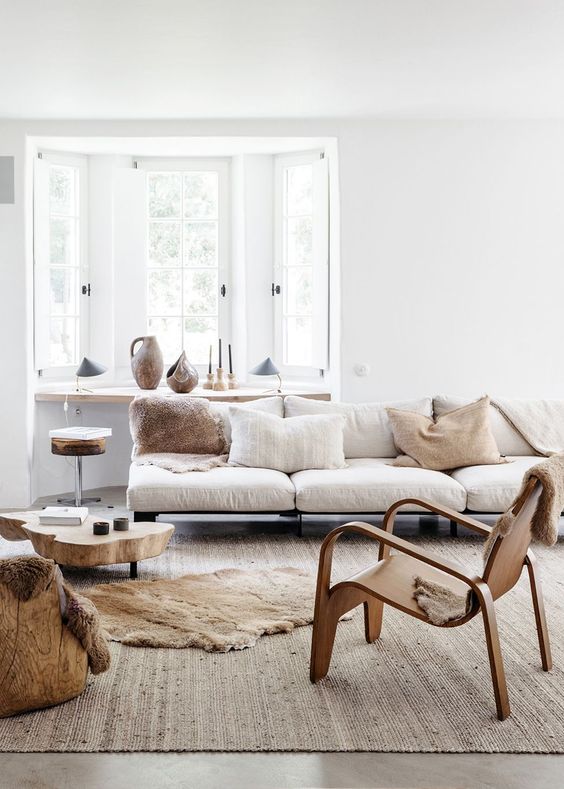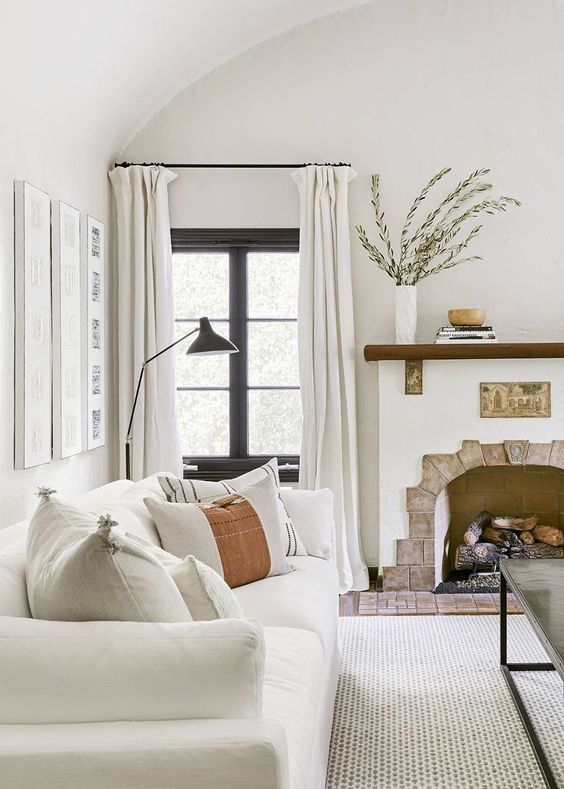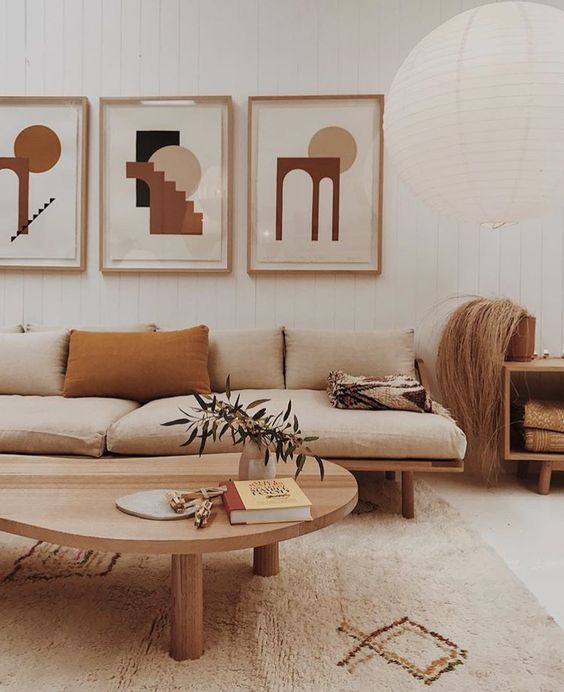Color is often the most difficult part of home decor to decide on. There are so many shades to choose from and they need to be put together in the right proportions, otherwise they won’t work like you want that. If you are hesitating, check these color rules that we’ve listed below – they will help you create a balanced and stylish look.
The 60-30-10 Rule
The 60-30-10 rule is a classic one, which always works, no matter your personal aesthetic is and what style you’ve chosen. In such a setup you’ll use three colors and 60, 30 and 10 are the percentages of these shades. First, choose a shade that will be dominating and decorate approximately 60% of the room with it. Next will be your secondary color, which is typically a bit bolder and takes up about 30 percent of the space. Finally, your accent color is your boldest shade and should make up the remaining 10 percent.
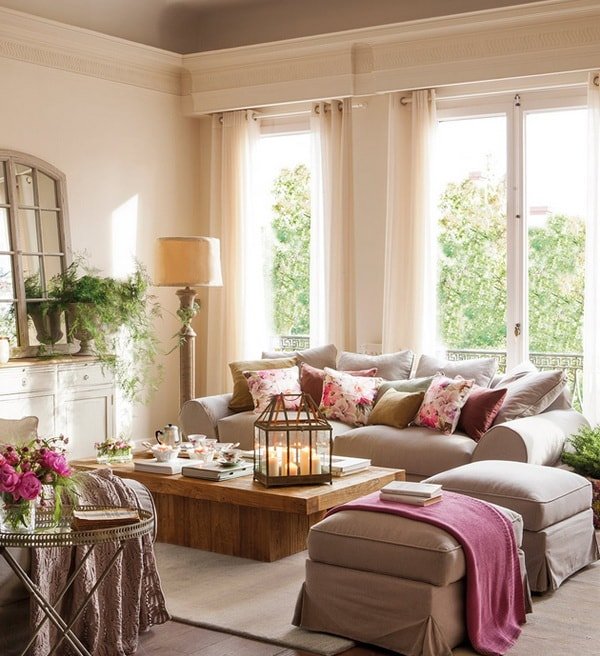
A cozy and welcoming living room with ivory as the main color, tan as the secondary one and pink for accents.
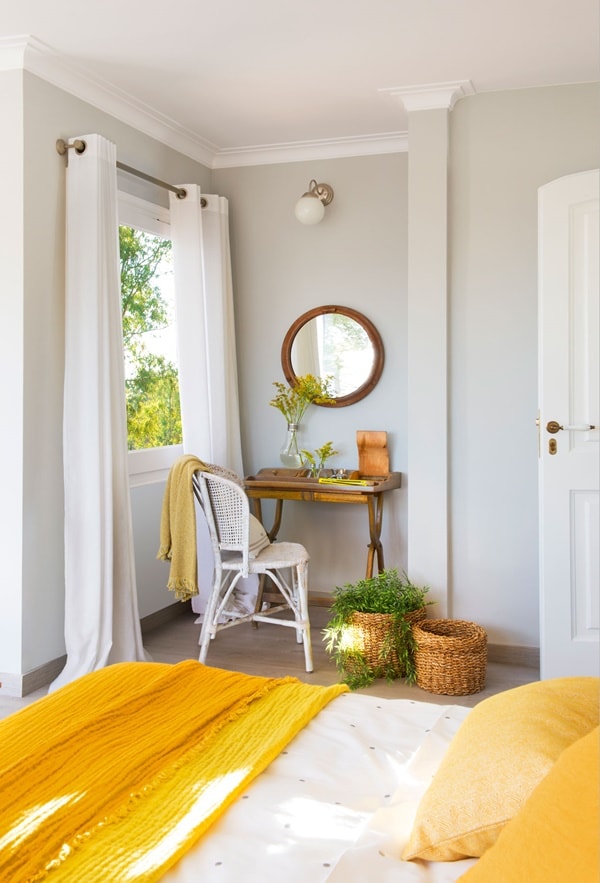
A super bright bedroom withdove grey as the main shade, creamy as the secondary tone and bright yellow for accents.
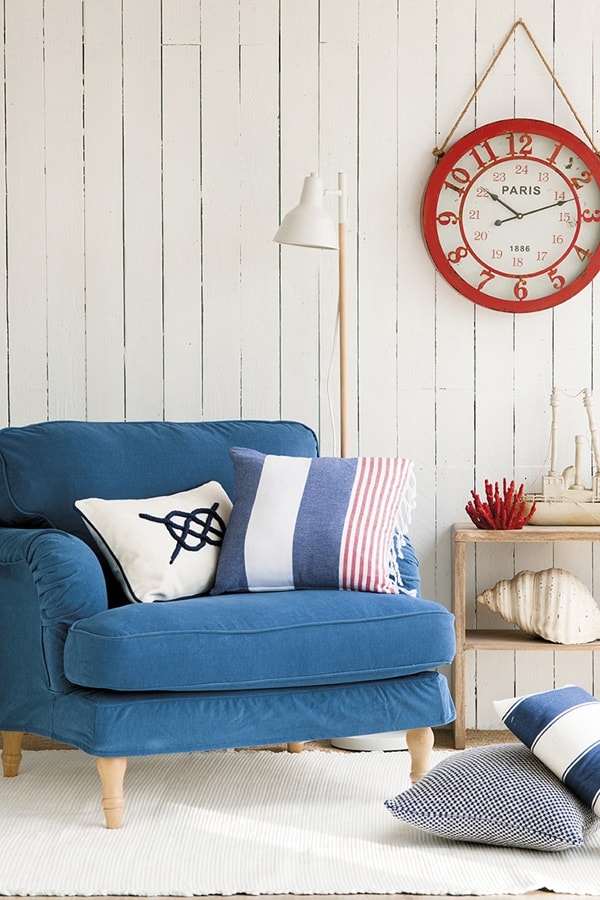
A nautical nook with cremay as the main color, blue as the secondary and red for highlighting the space.

A trendy moody bedroom with ivory as the main color, blush as the secondary one and dark tones for more drama.
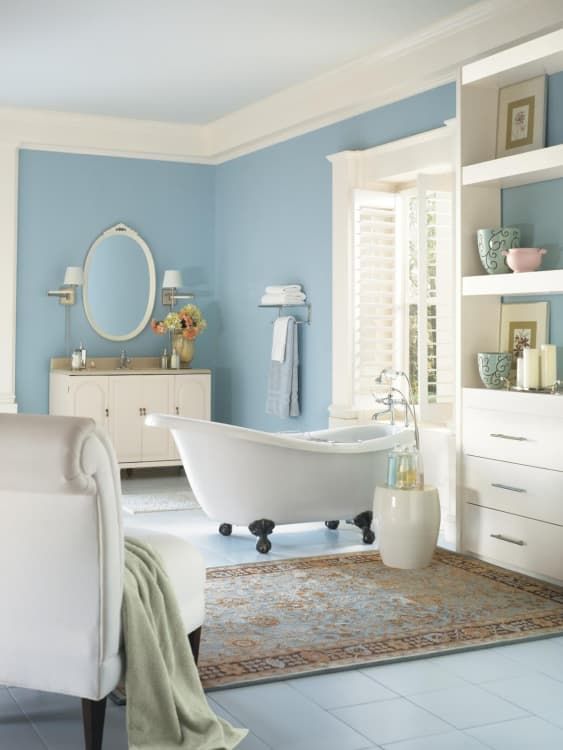
Ivory as the main shade, blue as the secondary and some tan touches to make up a welcoming bathroom.
Warm vs. Cool Colors
The choice of warm or cool colors will affect the energy of the space. Since warm colors tend to bring an upbeat and welcoming feel to a room, they’re best in entertaining spaces. Think about using these shades in your dining room or kitchen. Cool colors, on the other hand, are more subdued. They work best in bedrooms and office spaces, where a calming energy is appreciated. You may also take a look the psychological effects that each color brings to make your choice easier.
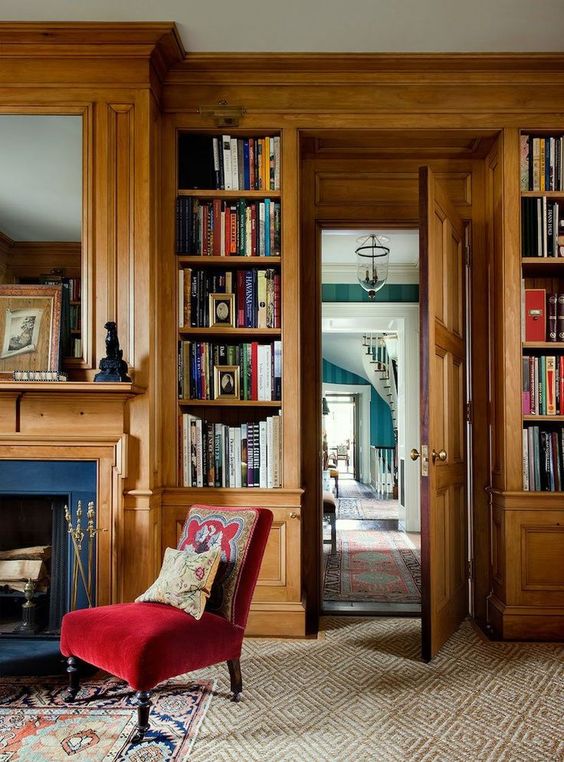
Light-stained wood is a great idea to bring warm neutrals to the space, and wood never goes out of style.
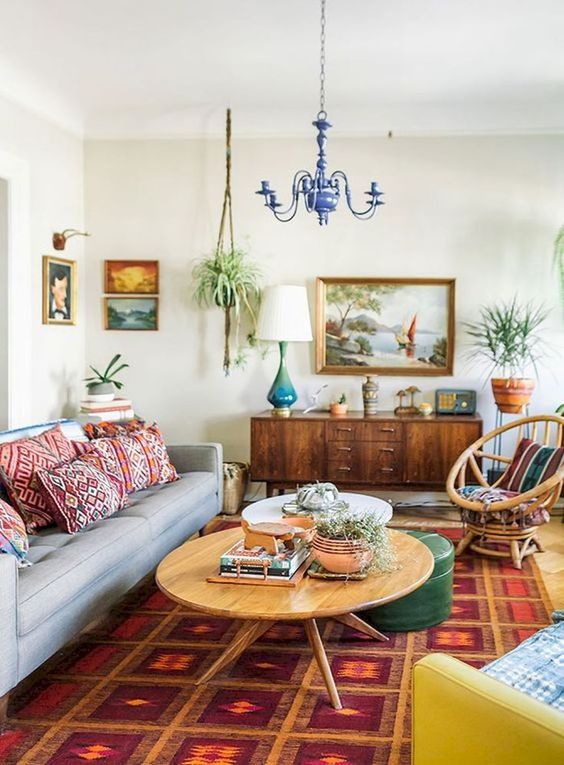
A boho meets mid-century modern living room with bright printed pillows, a rug and colorful furniture.
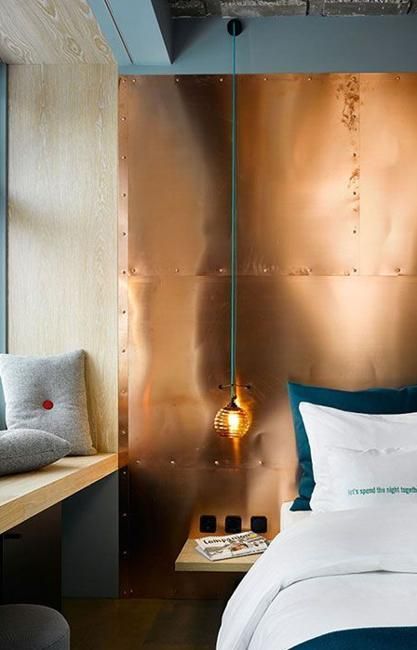
Mixing cold and warm hues is a bodl idea, here a copper wall is paired with emerald bedding and grey pillows.

Infuse your kitchen and dining space with color - go for mustard stools and an upholstered bench plus a chandelier.
The Complementary Color Scheme
The complementary color scheme is often thought of as the simplest as it involves two shades that are sitting directly opposite each other on the color wheel, meaning you get combinations like blue and orange, yellow and purple or red and green. Such pairs feature extremely high contrast and bring much energy to the space. You should think of them as your accent colors and use plenty of neutrals to balance them out.
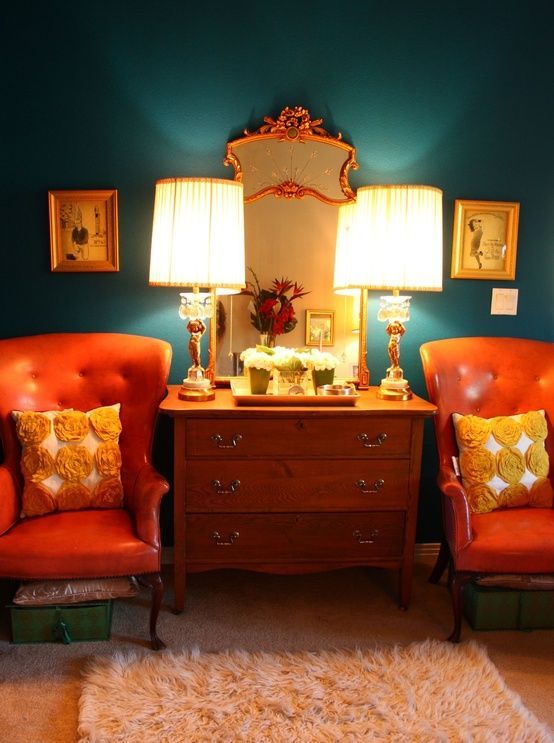
Dark green and orange is a fantastic and bright color combo for those who want a complementary color scheme.
The Analogous Color Scheme
An analogous color scheme is picking a central color, then also use the colors on either side of it. you may use two primary colors and the third will be a mix of these two. You may also use the 60-30-10 rule here to check your proportions and keep them right. You may also use this scheme for mixing up neutrals or even go for a combo of black, white and grey.
